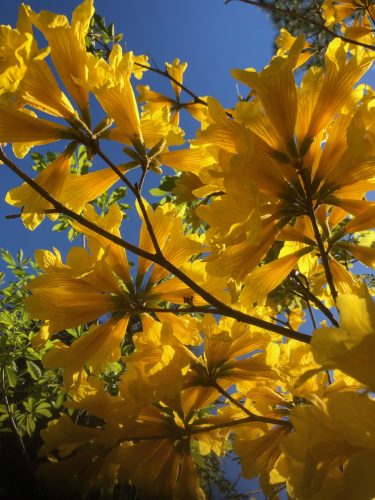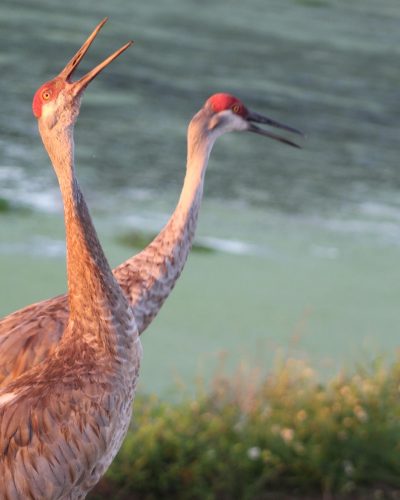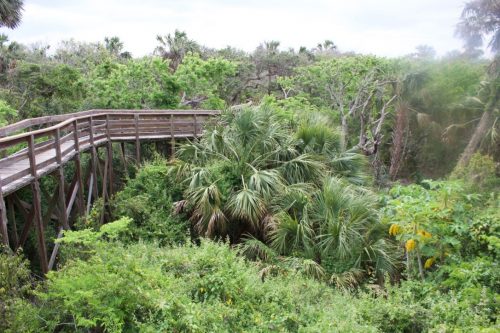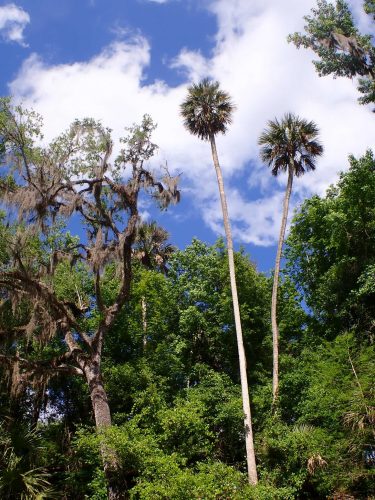For what good is knowing, unless it is coupled with caring?
— Robin Wall Kimmerer
This Native American Heritage Month I want to celebrate by reflecting and sharing an author close to my heart. If you read to end (no cheating!), you’ll also learn about an exciting upcoming event!
 I don’t think it’s a coincidence that the spring I decided to devote time to a garden of my own and start learning the names of the critters who visit it, was also the time I finally picked up Braiding Sweetgrass by Robin Wall Kimmerer. Friends and authors (who I consider my friends) in their texts have been recommending Kimmerer’s book to me for years.
I don’t think it’s a coincidence that the spring I decided to devote time to a garden of my own and start learning the names of the critters who visit it, was also the time I finally picked up Braiding Sweetgrass by Robin Wall Kimmerer. Friends and authors (who I consider my friends) in their texts have been recommending Kimmerer’s book to me for years.
I always had this feeling that it was a sacred book to take my time with and being stuck at home watching the seasons change around me seemed like the perfect occasion. I started and finished this book while sitting on my front porch in between watching seeds sprout and trying to catch a photo of the birds visiting my yard. My first recommendation is to take this book (or audiobook) outside with you, I think the words will speak more freely that way.
As a botanist and member of the Citizen Potawatomi Nation, Kimmerer has a unique understanding of nature and all its gifts. Throughout this book, she guides us readers on how to understand and appreciate the world through both lenses and helps us to understand what we can do to heal the world for ourselves and the generations to come.
Here are three lessons (of the many) I learned in Braiding Sweetgrass: Indigenous Wisdom, Scientific Knowledge, and Teachings of Plants.
To be native to a place we must learn to speak its language.
Simply put, Kimmerer’s chapter on “Learning the Grammar of Animacy” introduces us to the idea that by learning about our local ecology we better understand our place within it.
 I took this to mean that by learning the names of our nonhuman neighbors we can respect them, not as an outsider, but as part of our inner circle. The ruby-throated hummingbird that visits my feeder isn’t just “a bird” it has special characteristics and needs that differ from other flying things. When I learn and call it by name, I’m also building compassion and curiosity for its individuality.
I took this to mean that by learning the names of our nonhuman neighbors we can respect them, not as an outsider, but as part of our inner circle. The ruby-throated hummingbird that visits my feeder isn’t just “a bird” it has special characteristics and needs that differ from other flying things. When I learn and call it by name, I’m also building compassion and curiosity for its individuality.
By continuing to learn about my native surroundings, I am helping to create compassion for an environment that deserves reciprocity
Because the relationship between self and the world is reciprocal, it is not a question of first getting enlightened or saved and then acting. As we work to heal the earth, the earth heals us.
 To me, reading how to transform the take and take relationship that most humans have with the Earth to a reciprocal one, which requires giving back, was a major lesson from Braiding Sweetgrass.
To me, reading how to transform the take and take relationship that most humans have with the Earth to a reciprocal one, which requires giving back, was a major lesson from Braiding Sweetgrass.
What many call “ecosystem services” or “natural resources,” Kimmerer and others in the Native community call “gifts”. When we think of the goods and services that are provided by the Earth as gifts, it invites us to have gratitude.
What do you do when you receive a gift? I don’t know about you, but I was always taught to say thank you! And perhaps, when the right time comes, give something back.
Braiding Sweetgrass has me thinking about the ways I can give back to the Earth, including speaking up on its behalf. As Kimmerer writes, “Political action, civic engagement – these are powerful acts of reciprocity with the land.” This lesson echoes throughout the entire book so please take it from Kimmerer, and not from me.
The trees act not as individuals, but somehow as a collective. Exactly how they do this, we don’t yet know. But what we see is the power of unity. What happens to one happens to us all. We can starve together or feast together.
 Rather than using science to only learn about trees (and other living beings), we must remember there is so much we can learn FROM trees. If trees can find ways to work collectively without even being able to move, we humans have no excuse.
Rather than using science to only learn about trees (and other living beings), we must remember there is so much we can learn FROM trees. If trees can find ways to work collectively without even being able to move, we humans have no excuse.
The course of actions needed to heal the Earth and combat climate change will not happen on behalf of individuals but requires the work of strong communities moving towards a shared goal. Kimmerer says it is our collective responsibility and I agree. The Earth has given so much. It’s our turn to give back for I would much rather feast than starve.
This originally appeared in Wonder & Grow, a blog by Chelsea Collison, one of our former Museum educators.